Strange Museums in Amsterdam
Amsterdam is a city of museums – there are more than 400 museums and art galleries within the city. It is said that no other city in the world has more museums than Amsterdam. Obviously, museums are among the main tourist attractions. The Rijksmuseum, Van Gogh Museum, Anne Frank House and the Stedelijk Museum are the most popular choices, but there are many interesting smaller museums. There are museums on coffee, spectacles, pianos, diamonds, cheese, beers, bags and purses that we featured earlier, and many more. Here are the most bizarre ones.
After the death of Willem Vrolik, the collection was purchased by a group of Dutch citizens and offered to the municipality of Amsterdam to be placed in an institution called Athenaeum Illustre, which became later University of Amsterdam. Today, the Museum Vrolik includes specimens from other collections, added through more than a century of its existence.
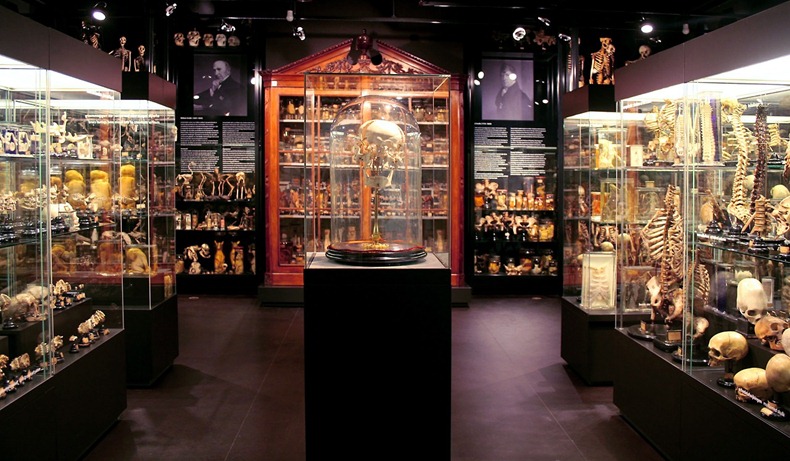

Photo credit
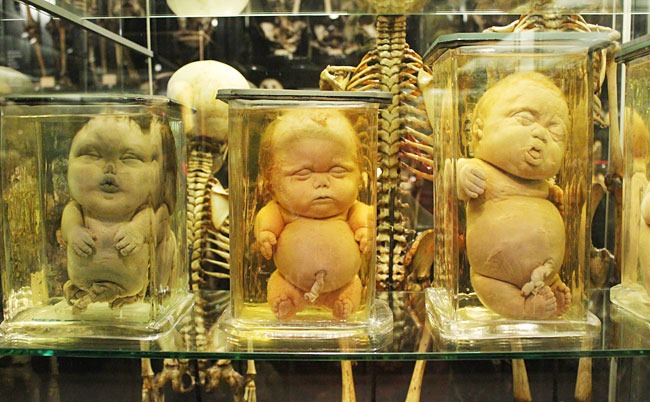
Photo credit
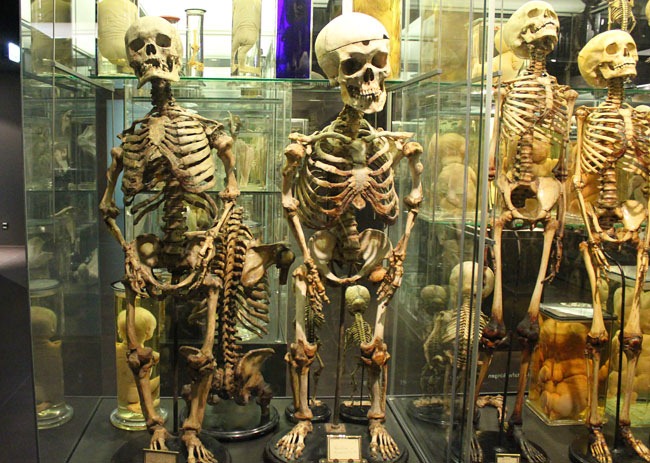
Photo credit

Photo credit
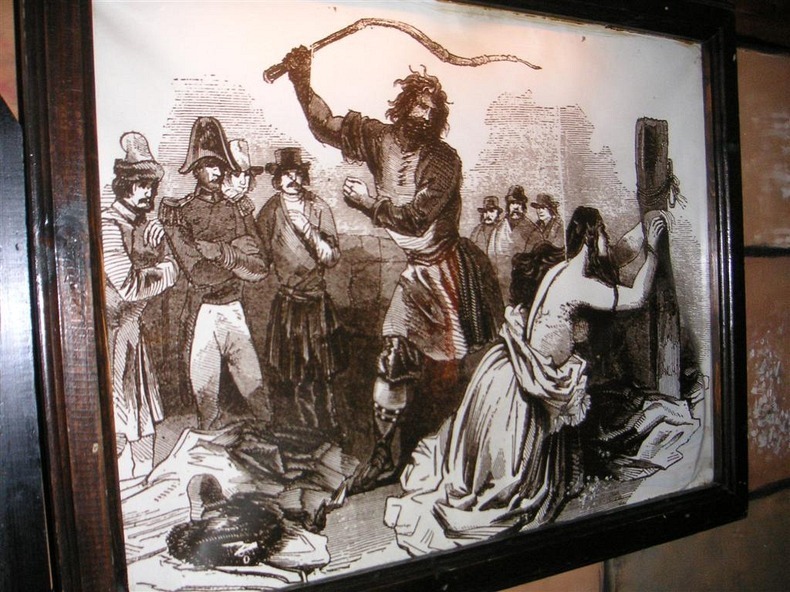
Photo credit
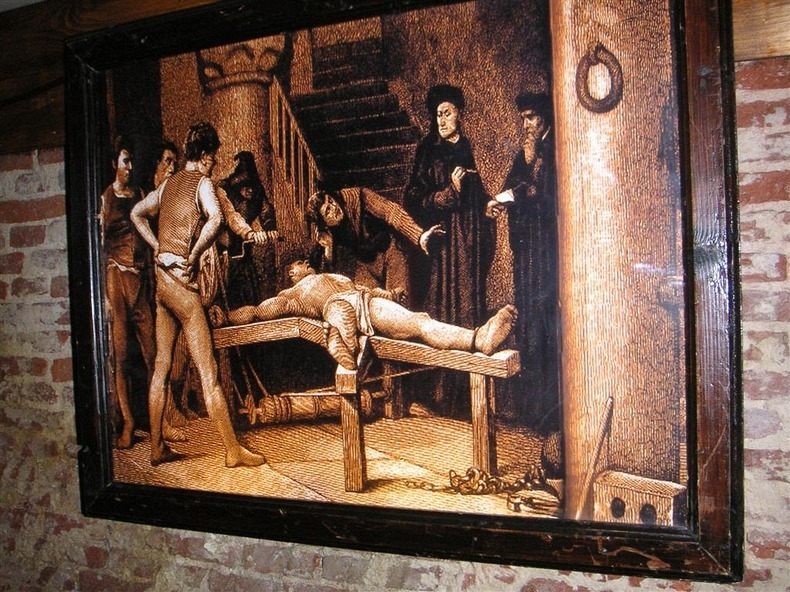
Photo credit
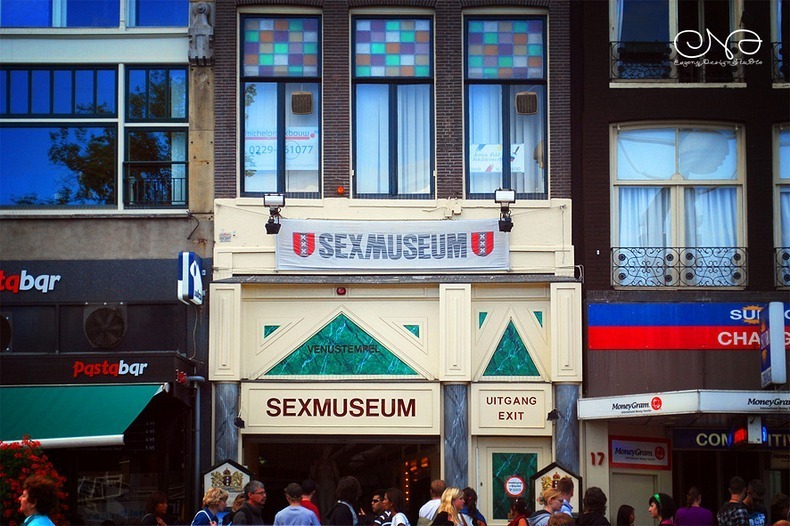
Photo credit
The museum includes a live cannabis garden in various stages of growth, pipe and roach clip collections, an 1836 Dutch Bible made of hemp, and many other accessories made from the industrial crop. The museum also contains artwork, including David Teniers the Younger's painting, Hemp-Smoking Peasants in a Smoke House (1660), and one of the fake I.D's of the famous cannabis smuggler Howard Marks.
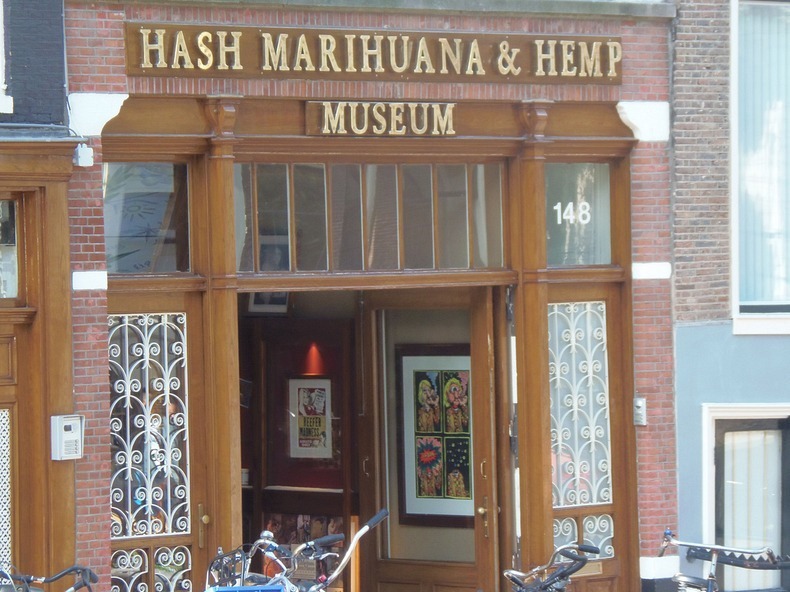
Photo credit

Photo credit

Photo credit
The museum has more than 40 thousands objects in its collection, started originally by Henk Schiffmacher, who is still a driving force behind the exhibit. The show is divided geographically - Africa, America, Oceania, Asia. In addition, the museum shows history of tattooing and the tattooing traditions in different social subcultures – in prisons, in the army, among sailors, among sex workers and more. Famous tattooists have been also celebrated. Several interiors important for the tattoo history, as workshops and tattoo clubs, have been reconstructed inside the museum.

Photo credit

Photo credit
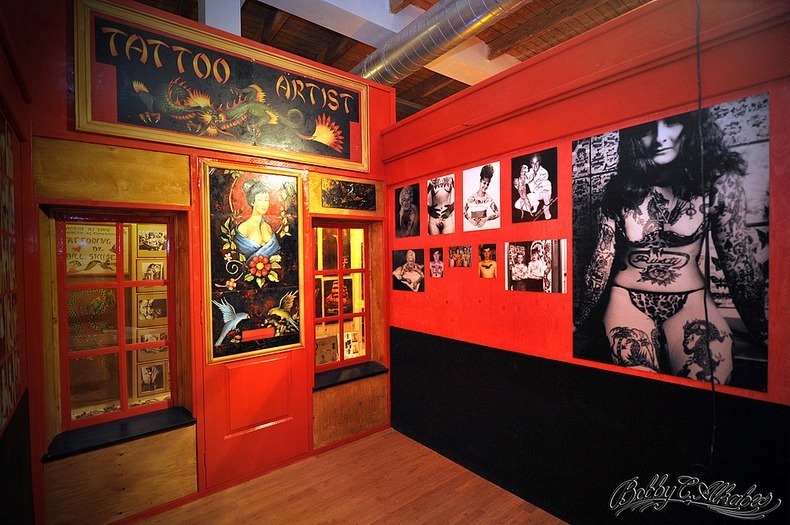
Photo credit
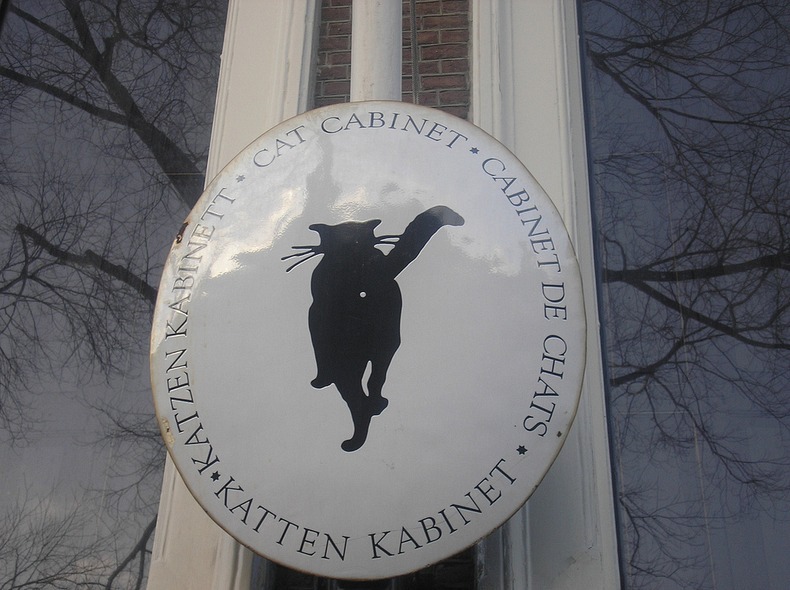
Photo credit
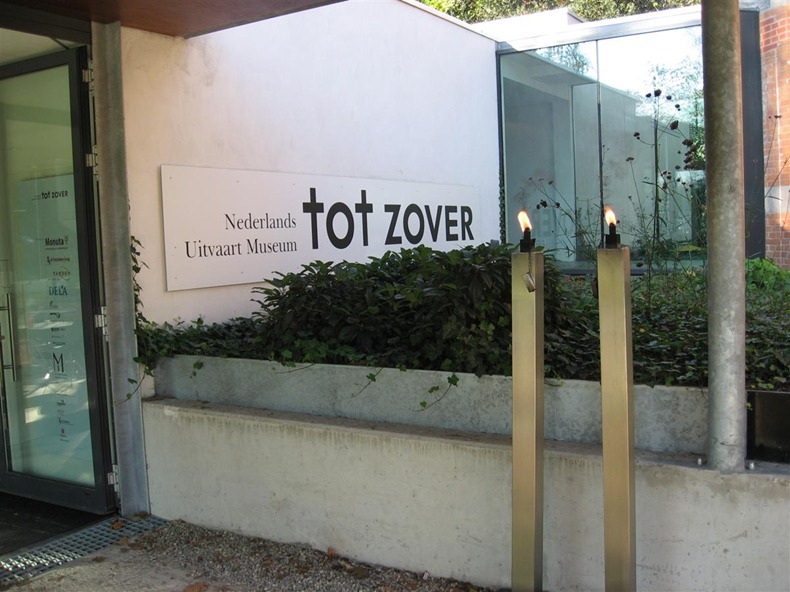
Photo credit
Museum Vrolik
Museum Vrolik houses a tremendous collection of pathological specimens, anomalous embryos, odd skulls and bones, and other anatomical abnormalities, put together by the Gerardus Vrolik (1755-1859), one of the most important Dutch scientist of its times. Willem Vrolik was a pioneer in the field of teratology - the study of deformities - a popular subject for anatomists in the 18th and 19th centuries. Willem published several monographs on teratological subjects and amassed thousands of specimen.After the death of Willem Vrolik, the collection was purchased by a group of Dutch citizens and offered to the municipality of Amsterdam to be placed in an institution called Athenaeum Illustre, which became later University of Amsterdam. Today, the Museum Vrolik includes specimens from other collections, added through more than a century of its existence.


Photo credit

Photo credit

Photo credit
Torture Museum
The Torture Museum endeavors to document the history of the human cruelty. The museum artifacts are laid out in a maze of small, dark rooms, creating a somber atmosphere. The museum features a variety of interesting devices, from well known objects like the Guillotine, the rack and the stocks, to lesser know objects like thumb screws and the flute of shame. Other objects housed in the museum include the iron maiden, skull crusher, judas chair, Catherine Wheels and Scold's bridle. Some of the devices are genuine and antique, but many are modern reconstructions from old texts or books. Some displays are behind glass but many are situated in the open and can be touched.
Photo credit

Photo credit

Photo credit
Sex Museum
Situated near Amsterdam Central Station the Sex Museum attracts over 500.000 visitors each year. The museum houses a rich and interesting collection of objects about human sexuality: art as well as photographs, china figures, plates, and many other items, sometimes composed in a bit old-fashioned presentation. You will see the plaster figure of Venus at the entry and the full size wax figures of Mata Hari with her male partners and Marilyn Monroe. Hidden speakers emit different muffled noises including repetitive sounds of the steam machine, mixed with woman’s screams of joy.
Photo credit
Hash, Marihuana and Hemp Museum
The Hash, Marihuana and Hemp Museum is dedicated to cannabis and its many uses, offering visitors information about the historical and modern uses of cannabis for medicinal, religious and cultural purposes. The museum also focuses on how hemp can be used for agricultural and industrial purposes, even including clothing accessories and cosmetic products made from hemp fiber in their gift shop.The museum includes a live cannabis garden in various stages of growth, pipe and roach clip collections, an 1836 Dutch Bible made of hemp, and many other accessories made from the industrial crop. The museum also contains artwork, including David Teniers the Younger's painting, Hemp-Smoking Peasants in a Smoke House (1660), and one of the fake I.D's of the famous cannabis smuggler Howard Marks.

Photo credit

Photo credit

Photo credit
Tattoo Museum
Opened in November of 2011, the Amsterdam Tattoo Museum is one of the newest museums. The museum covers the entire history of skin art and has artifacts from all over the world, including needles, old shop signs, photographs, flashes (ready-made designs), and freak show posters. Other items include macabre flesh exhibits in pickling jars. Some are pig skin, others, human – like the skin taken from the under-arm of a 19th-century whaler daubed with crude images of his sweetheart and Christ.The museum has more than 40 thousands objects in its collection, started originally by Henk Schiffmacher, who is still a driving force behind the exhibit. The show is divided geographically - Africa, America, Oceania, Asia. In addition, the museum shows history of tattooing and the tattooing traditions in different social subcultures – in prisons, in the army, among sailors, among sex workers and more. Famous tattooists have been also celebrated. Several interiors important for the tattoo history, as workshops and tattoo clubs, have been reconstructed inside the museum.

Photo credit

Photo credit

Photo credit
KattenKabinet
The KattenKabinet or "Cat Cabinet" is entirely devoted to cats. Founded in 1990 by William Meijer, a wealthy Dutchman who in this way wanted to preserve the memory of his cat Tom also called after the American financier of the past - John Pierpont Morgan. The museum collection includes paintings, drawings, sculptures and other works of art by Pablo Picasso, Rembrandt, Henri de Toulouse-Lautrec, Corneille, Sal Meijer, Théophile Steinlen, and Jože Ciuha, among others. Five exquisite cats also live at the museum premises
Photo credit
Dutch Funeral Museum
Established in 2007, the Dutch Funeral Museum focuses on funeral culture in the Netherlands, honoring the deceased and processions throughout history and in today’s current multicultural climate. The collection includes a variety of funeral coaches, including a nineteenth century ceremonial carriage. Exhibits range from hearses to obituaries, mourning attire and services. They also look at historical customs, from royal processions to rural ceremonies which have remained unchanged for centuries.
Photo credit